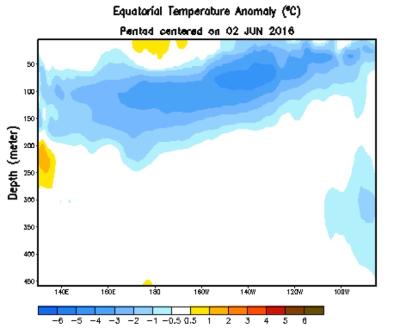Sierra Nevada snowpack not likely to recover from drought until 2019

Even with this winter's strong El Niño, the Sierra Nevada snowpack will likely take until 2019 to return to pre-drought levels, according to a new analysis led by UCLA hydrology researchers.
"With the consecutive years of ongoing drought, the Sierra Nevada snowpack's total water volume is in deficit and our analysis shows it will to take a few years for a complete recovery, even if there are above-average precipitation years," said the study's principal investigator, Steve Margulis, professor of civil and environmental engineering at the UCLA Henry Samueli School of Engineering and Applied Science.
Much of California's water comes from the when the Sierra Nevada snowpack melts. The winter of 2015 capped four consecutive years of drought that resulted in the largest cumulative drought deficit spanning the 65 years that have been examined. The water volume of the snowpack in 2015 was just 2.9 cubic kilometers, when a typical year is about 18.6 cubic kilometers.
...
The researchers created a dataset covering 31 years (from 1985 to 2015), using measurements from NASA Landsat satellites, which provide daily maps of the full Sierra Nevada snowpack that have about 10 times sharper resolution that previously available. While there are on-site sensors throughout the mountain range, they are typically in the middle elevations and do not provide a full, high-resolution picture of the entire range, particularly at higher elevations, Margulis said. The researchers combined their new dataset with other snow survey data, collected by the state's Department of Water Resources, to extend the time series of range-wide snowpack volumes back 65 years to 1951.
Using the data, the researchers applied probabilistic modeling methods to make predictions of snowpack water availability. Accounting for the four-year snowpack deficit from the 2012-2015 drought, the researchers say it will likely take until 2019 to get back to pre-drought conditions
Related Content





